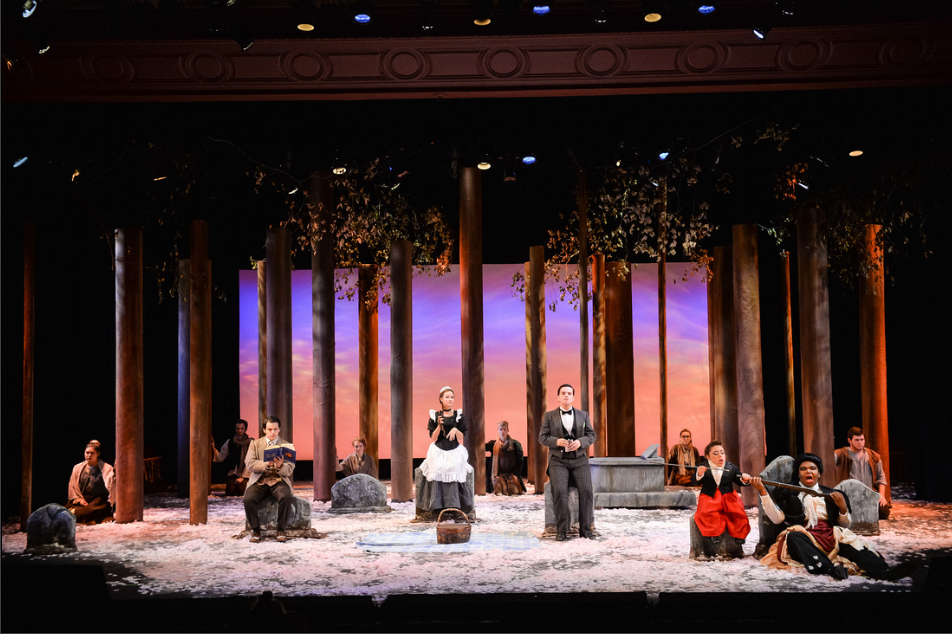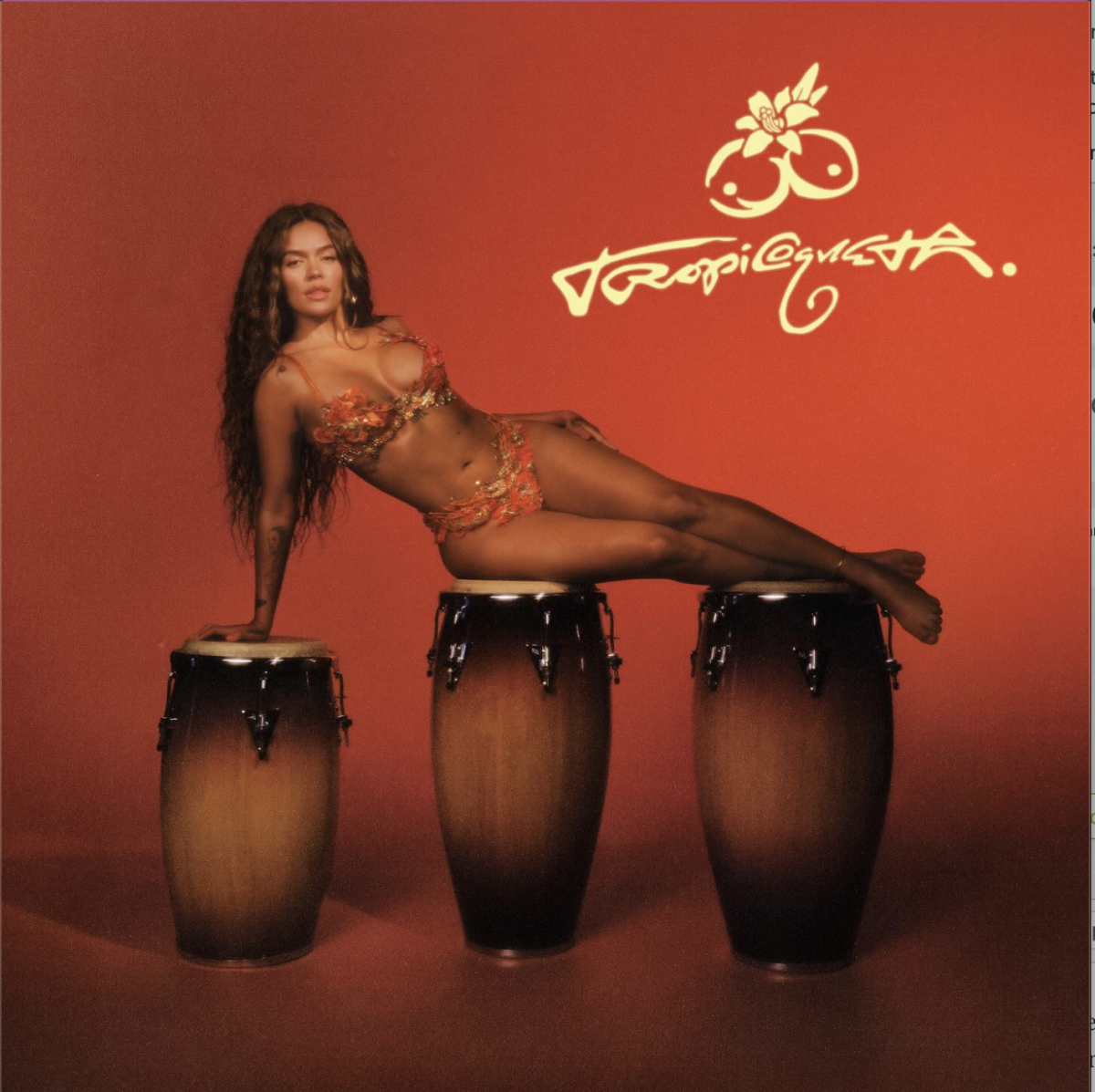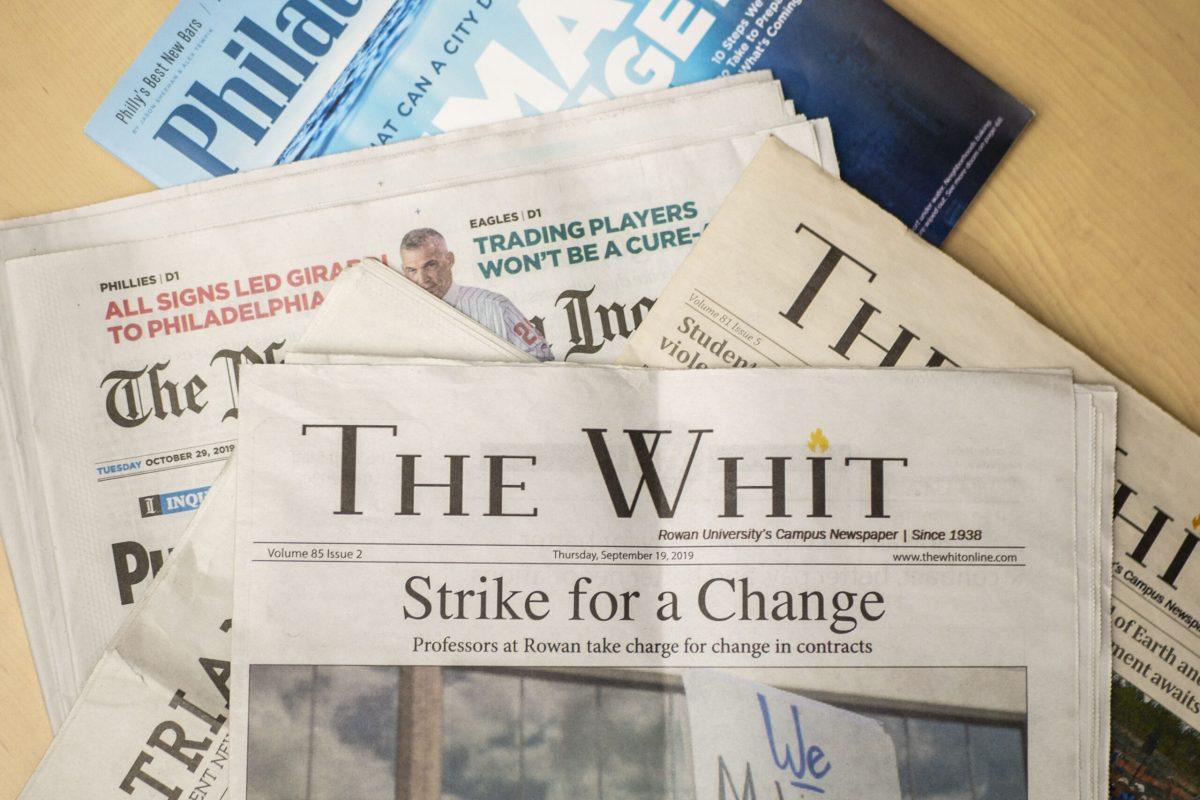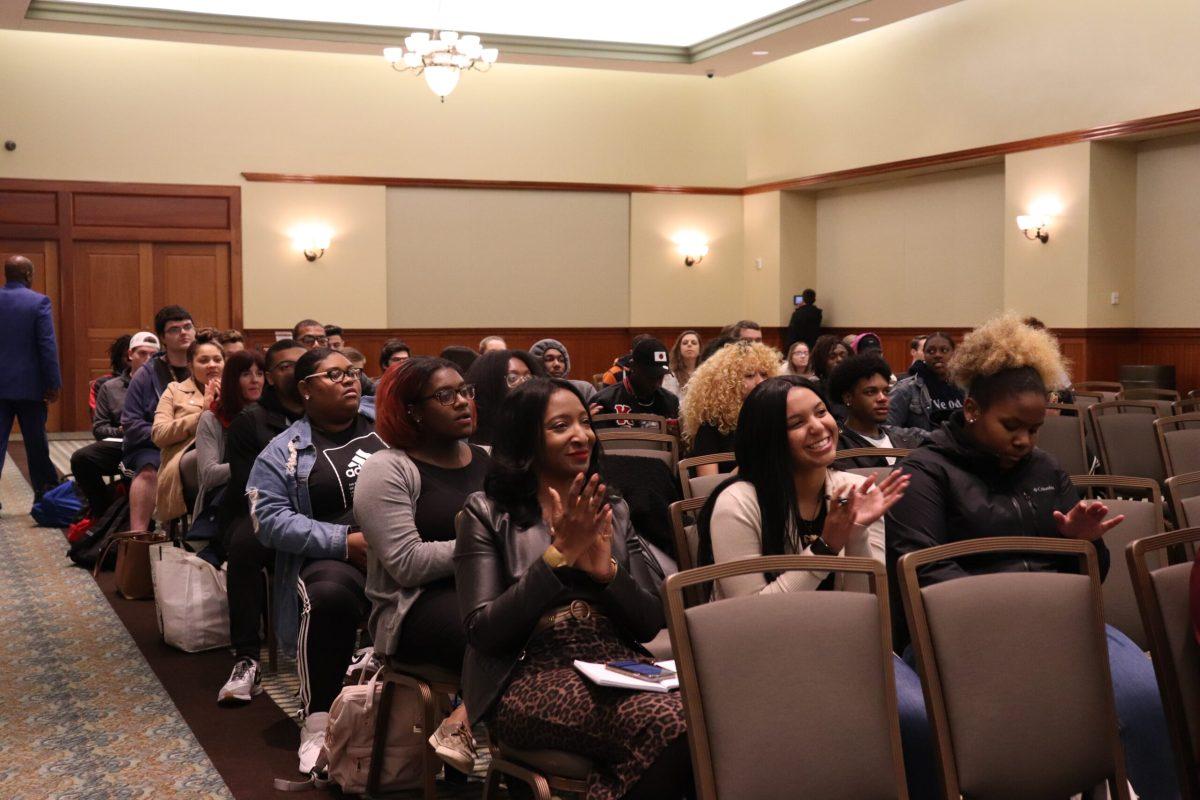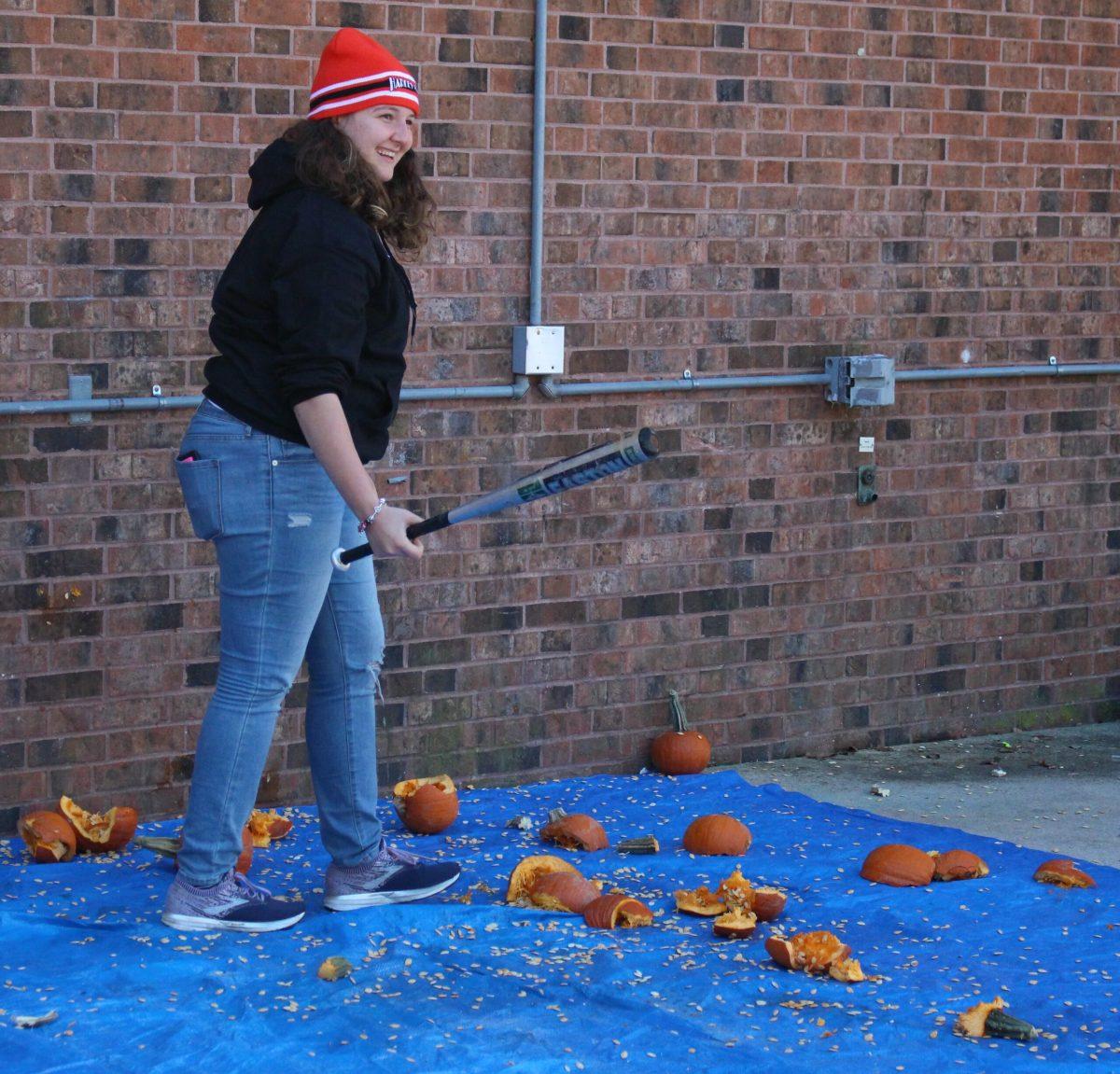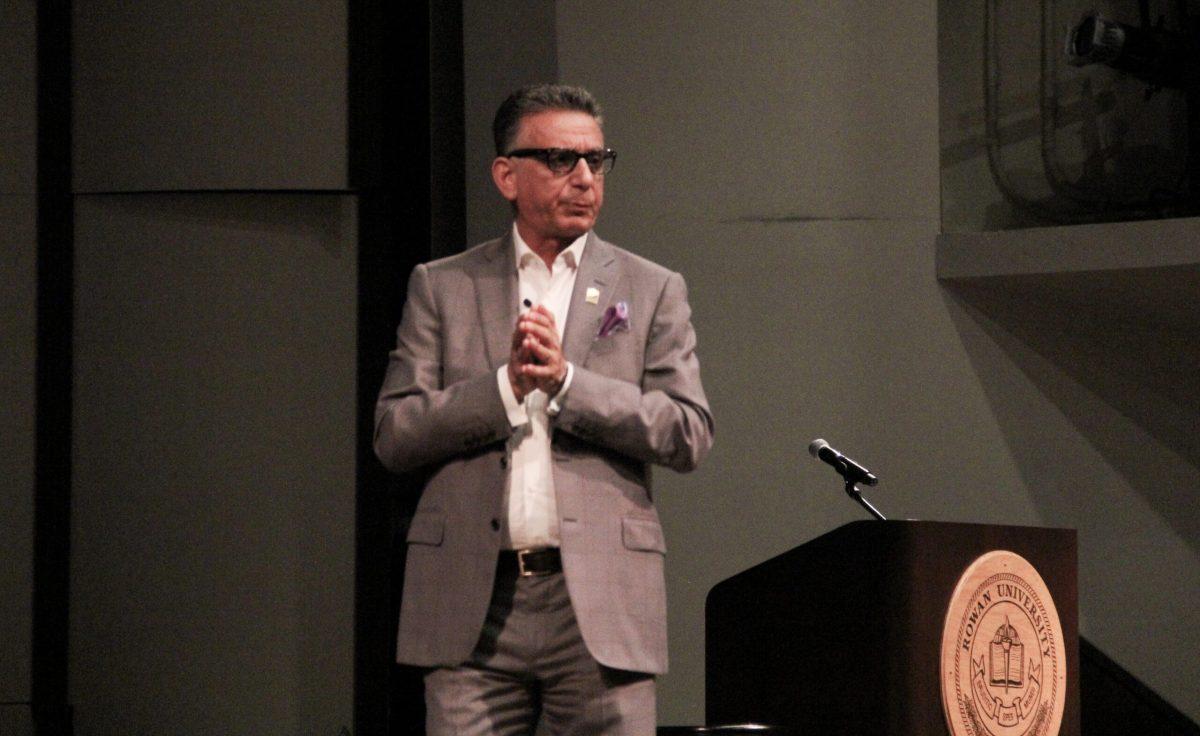Take a step into different emotions and feel a part of this tale that was written decades ago, but continues to hold a strong relevance in today’s world.
Rowan University’s Department of Theatre & Dance and Director Lane Savadove presented Anton Chekhov’s play “The Cherry Orchard” this past weekend in Tohill Theatre. The moment the doors opened, it felt as if you were transported back to the 19th century. The live music, use of lighting and detailed costumes were immediately noticeable.
The setting, an estate among the cherry trees, felt like a moment frozen in time.
“The Cherry Orchard” takes place during the 1900s in Russia and explores a wide range of themes: how one reacts towards change in their life, differences in social status, being unable to internalize the reality of a situation, self-harm and unselfishness.
The Music and Movement Ensemble members, directed by Jay Ansill and choreographed by Melanie Stewart, provided the audience with a dramatic backdrop to each scene. The use of them amplified the internal struggles of each character. They effectively added a sense of dread, happiness, and illustrated the passage of time. In many cases, they moved as one unit, but in such a way as to remain just under the surface of realization.
Some of the cast members included Ellorah Mead as Liubov, Zachary Valdez as Gayev, Charlie Barney as Trofimov and Brandon Castillo as Firs.

Mead’s outstanding performance showcased her character’s depth of emotion. She tackled difficult subject matter and transitioned between various emotions very effectively. The prime source of her emotional trauma proved heart-wrenching.
Valdez, who played Liubov’s brother, was convincing as a man who had a lot to say but struggled to be heard. His repeated line in the performance served as both comic relief and a reminder of the way that we soothe ourselves when unsettled by turning to the past and familiarity: “Off the white on the right, into the corner pocket. Yellow ball goes into the middle pocket!”
Barney gave an enthusiastic performance as the character Trofimov. He succeeded in showing the character’s passion and enthusiasm for living, speaking his dialogue with motivation and inspiration. This was critical in the story to convey the need for hope, especially during times of challenge and life changes.

Castillo as Firs was convincing as a wise, elderly man. His slow movements and paused way of speaking were a calming contrast between the chaotic events unfolding around him. The character felt symbolic of how we can sometimes not recognize the people that are in our lives that take the best care of us.
Light designer Robert Thorpe visually captured the emotions of the scenes and characters. When the characters were happy the lights brightened, and when somber, a blue or grayish hue was used. The use of striking silhouettes intensified the scenes.
Costume designer Natalia de la Torre captured the fashion of the day, making the characters more genuine and believable.
Set designer Dirk Durossette made effective use of the stage. By combining outdoor and interior elements, he provided a glimpse into the world of the characters and what they held sacred. Like the inevitable end of spring, the fallen cherry blossoms that covered the stage felt symbolic of the end to a stage of their lives.
Savadove and cast members honestly portrayed Chekhov’s play. They successfully created an atmosphere for one to feel as though they were a part of the story. It felt as if you could be any one of those characters at any given time in your life.
For questions/comments about this story, email [email protected] or tweet @thewhitonline.
























































































































































!["Working with [Dr. Lynch] is always a learning experience for me. She is a treasure,” said Thomas. - Staff Writer / Kacie Scibilia](https://thewhitonline.com/wp-content/uploads/2025/04/choir-1-1200x694.jpg)








































